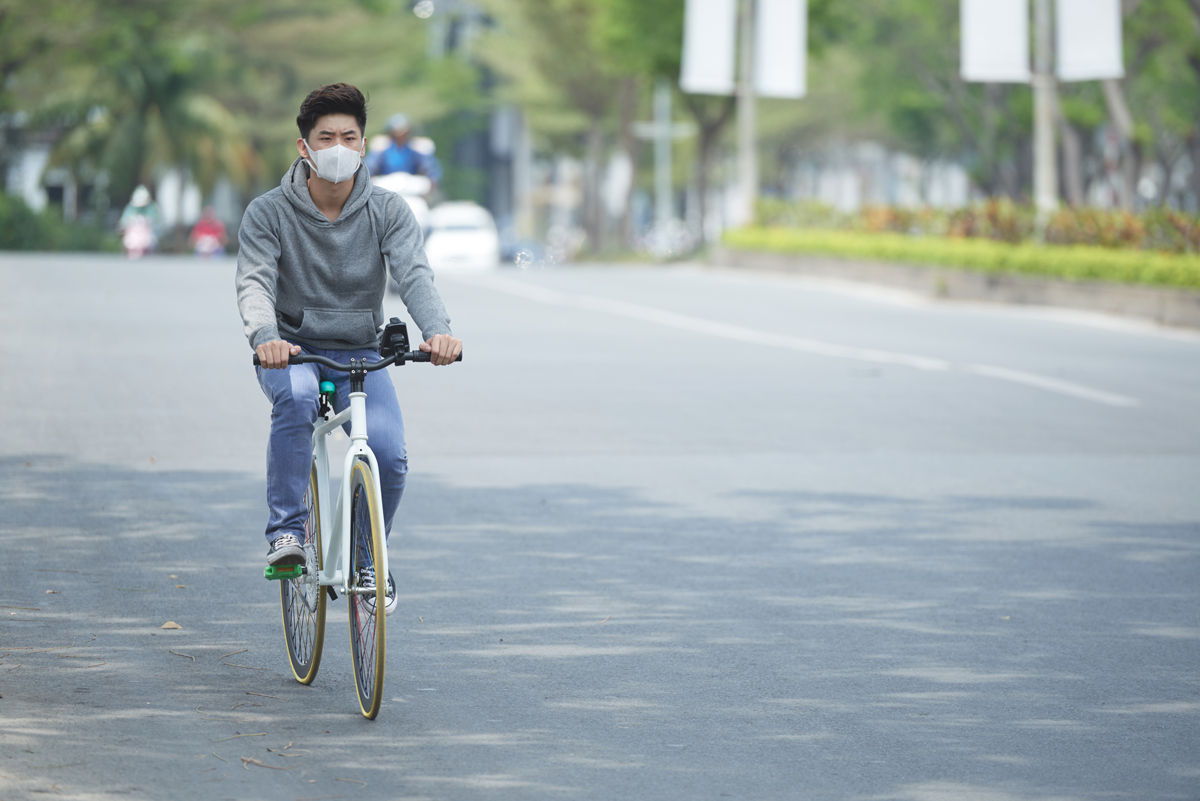Cold Weather And Air Pollution: Common Respiratory Illnesses
by Dr. Vijay Kumar Agrawal
A combination of existing air pollution levels and cold weather can be a nightmare for respiratory disease patients, especially at extremes of age. It is common knowledge that the winter season is a difficult part of the year for patients with chronic respiratory diseases like Asthma, COPD, etc. In the last few years, firecrackers, Diwali lamps, wood-burning fires and fire on agricultural land have made the worst scenario. Air pollution has been highlighted in all newspapers and audiovisual media. However, surprisingly effect of the cold climate remains out of focus of the media except in the case of outbreaks. Winter season brings a lot of diseases with the onset of low temperatures. Some peoples are more susceptible to catching diseases associated with the change of temperature.
Common winter diseases in North India.
- Bronchial Asthma: Breathing cold air has been recognized to trigger bronchoconstriction in asthmatics. Adding to the atopic predispositions it is likely that asthmatic subjects have concomitant rhinitis, which does not allow proper conditioning of the inspired air leading to a negative impact on the asthmatic conditions. People with asthma should be careful in winter, especially children and elderly persons. Many patients develop severe asthma attacks requiring hospitalization and sometimes even ICUs. We should be extra vigilant about taking regular asthma medications and keep reliever inhalers close by. To negate extreme cold temperature effects, when venturing into the outdoors, layering the face and chest within warm clothing and scarves will help.
- COPD: COPD is an obstructive airway disease like Asthma. The predominant risk factor for COPD is smoking. Patients with COPD have limited lung reserve and their breathlessness usually worsens in the winter season. Cold air alters the mucus production, which further worsen the clinical scenario. Thousands of COPD patients visit hospital in the winter season, including ICU admission and ventilators.
- Common cold and flu: usually common cold and flu symptoms are not a direct result of falling temperature. Most individuals suffer from viral or bacterial infections. It is transmitted from person to person through the air or by contact with surfaces where germs reside. Usually, the patient suffers from running nose, sneezing, sore throat, nasal congestion, cough, and fever. Adequate hydration along with anti-histaminic medications are good enough, except in few cases of bacterial infection. Antibiotics should be used carefully after the advice of doctors only.
- Influenza and swine flu (H1N1): symptoms are same as common cold and flu. But in rare cases, severe illness can be their (like bronchitis and pneumonia). Sometimes the patient may develop a severe form of respiratory problems (ARDS), which may be lethal.
- RSV (Respiratory syncytial Virus): RSV can lead to a severe form of illness in babies, especially under one year of age. Good handwashing and avoiding direct contracts is a good way to minimize exposure. Families should be alarmed when a small child has signs and symptoms beyond the simple runny nose or sore throat. These patients may have a high-grade fever, prolonged cough, choking, wheezing, breathing difficulty along with loss of appetite and sleep. No vaccine is available to prevent RSV.
- Whooping cough: whooping cough (pertussis) is a highly contagious disease, which is usually marked by a severe hacking cough followed by a high pitched intake of breath that sounds like “whoop”. It usually affects young children and teenagers. It’s a bacterial disease and delay in treatment can lead to pneumonia or rarely death. Best way to prevent whooping cough is vaccination.
- Pneumonia & Bronchitis: These viral, bacterial or fungal infection involve lungs or lower part of respiratory tract. Inflammation of the airway leads to swelling of the inner lining and production of mucus or expectoration. Incidences of pneumonia and bronchitis increases in winter, especially in extreme of ages. Sign & symptoms may be mild to severe, depending on factors like a causative organism and body immune system. Diagnosis can be made with x-ray chest or CT Scan along with sign & symptoms. Vaccination can reduce incidences of bacterial pneumonia.
- Sinusitis – Problem of sinusitis can increase in winters due to repeated viral infections and swelling of the nasal mucosa. Other than congestion, headache, coughing & running nose, the patient may have post nasal drip.
Above mentioned health problems can be prevented and treated effectively in cold weather. Respiratory patients should prevent themselves from exposure to cold by either staying indoors or use adequate winter clothes in outdoor movements. Vaccination with influenza and a pneumococcal vaccine is a good way of disease prevention. It is important to take regularly prescribed medications and visit your doctor on worsening of symptoms.
Dr. Vijay Kumar Agrawal
Sr. Consultant – Respiratory & Sleep Medicine
Metro Hospital Faridabad
